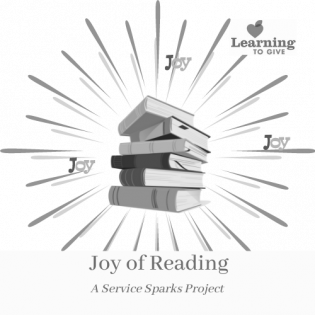What is something that makes you excited to get up in the morning and gives you energy? Whatever that vision is, that is your "spark." Young people may not know what their spark is today, and it may change many times over...
Filter by subjects:
Filter by grades:
Filter by audience:
Filter by issue area:
Filter by content type:
Filter by resource type:
resource search
In this critical thinking activity, participants sort ideas and make observations about the difference between the nonprofit sector and the for-profit sector.
In this activity, participants explore the work of several nonprofit organizations. They contact a local nonprofit organization to learn more about their organization, what they do, and how young people can help.
These lessons focus on the work of nonprofit organizations in the community and the nonprofit sector as a career option. The young people research a nonprofit in the community and interview staff about their work and the needs they address.
Learners examine the rights guaranteed to us by the Bill of Rights, as well as the responsibilities we have to protect those rights for our personal well-being and the common good. They show value for those rights by promoting the common good as an involved citizen.
This lesson clarifies that true rights are guaranteed by the Bill of Rights. Participants discuss the importance of protecting these rights, and if and when it is ever appropriate to limit rights. We learn that one role of nonprofits is to preserve and promote guaranteed rights.
This lesson examines the connections between the five basic guaranteed rights in the Bill of Rights and their corresponding responsibilities. Participants explore the natual consequences of fulfilling, or not fulfilling, responsibilities connected to their rights.
This lesson emphasizes the importance of voluntary action for the common good based upon student understanding of one's rights and the corresponding responsibility to protect them.
Read and compare a variety of literature to explore motivations and impact of young people taking action and helping others. We recognize that we all have time, treasures and/or talents to share.
Ignite meaningful action that lights up the world through "Service Sparks" youth projects! Read aloud to someone from literature that inspires and promotes conversation. The act of reading to someone younger is gift enough - it gives attention, joy, and caring - but we add to the service when the book encourages us to talk about important ideas that build community.
